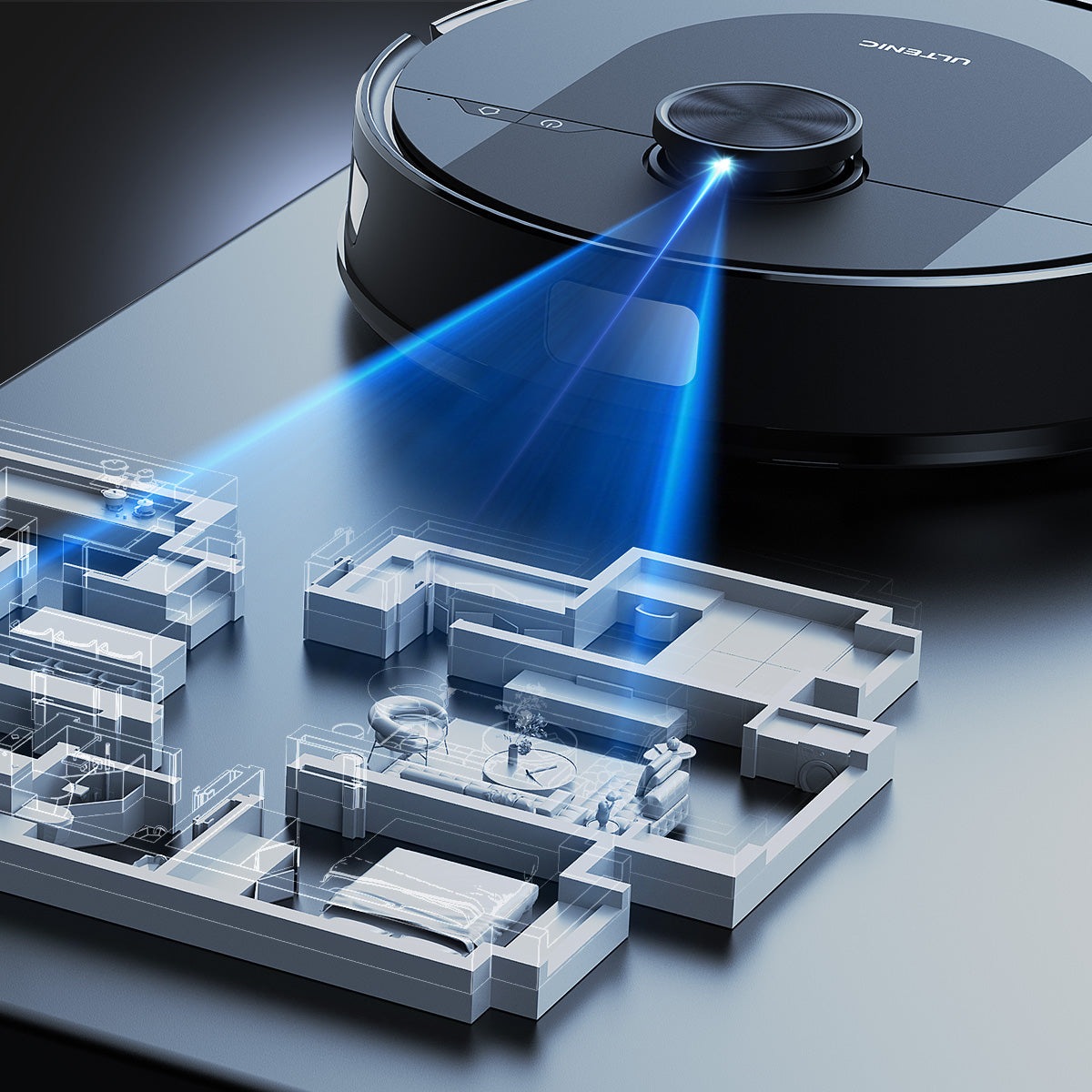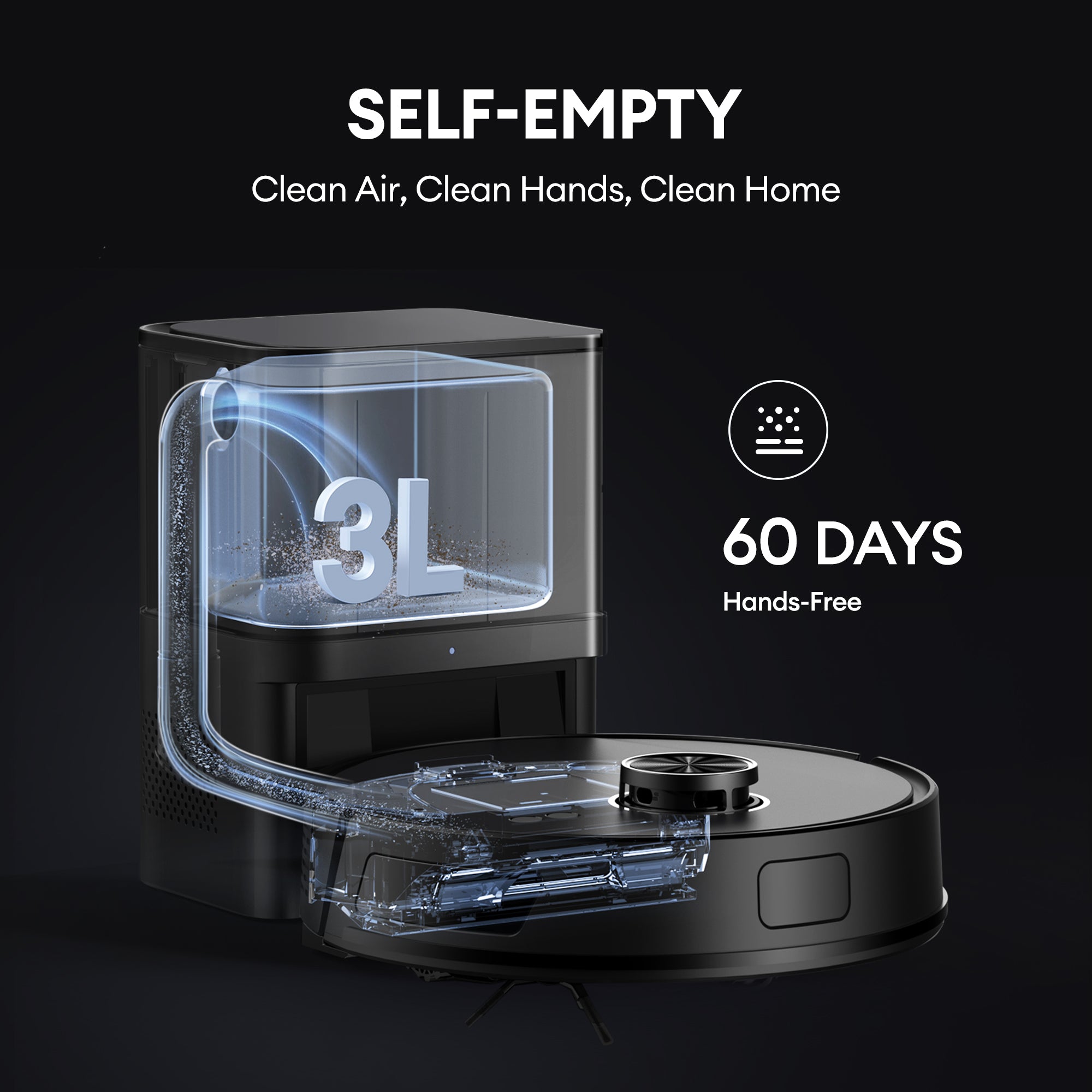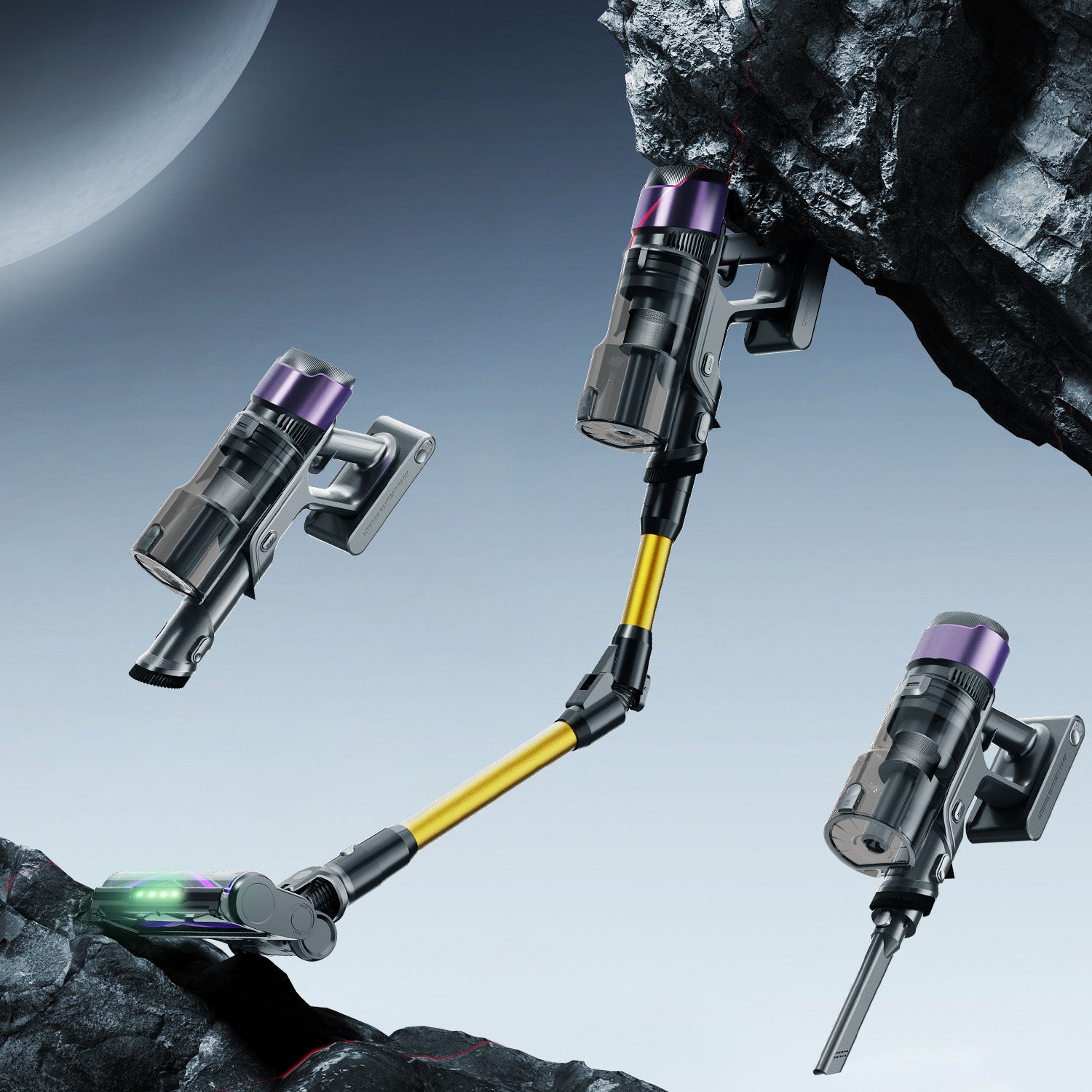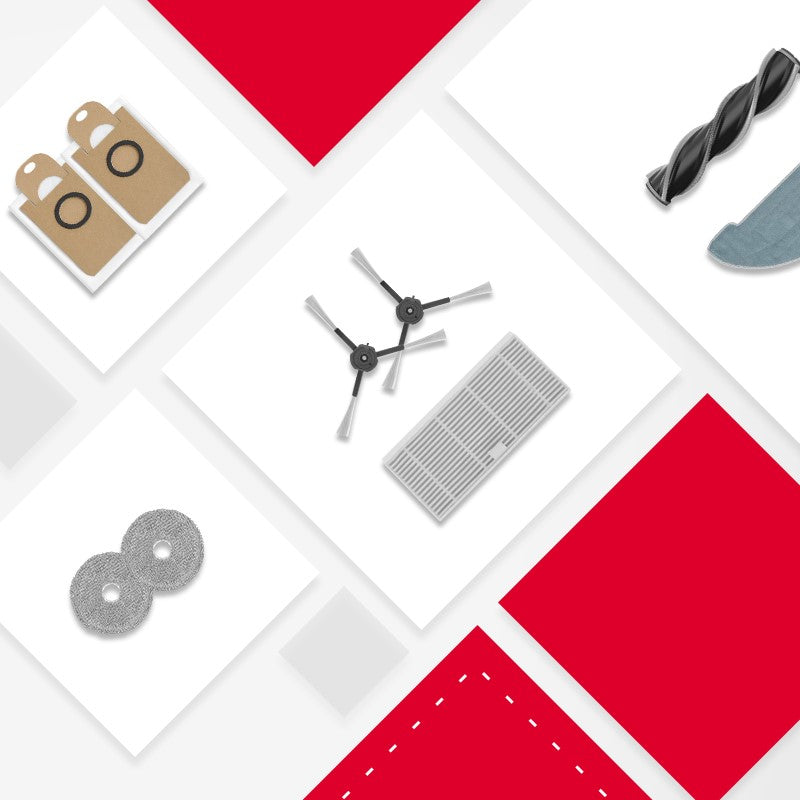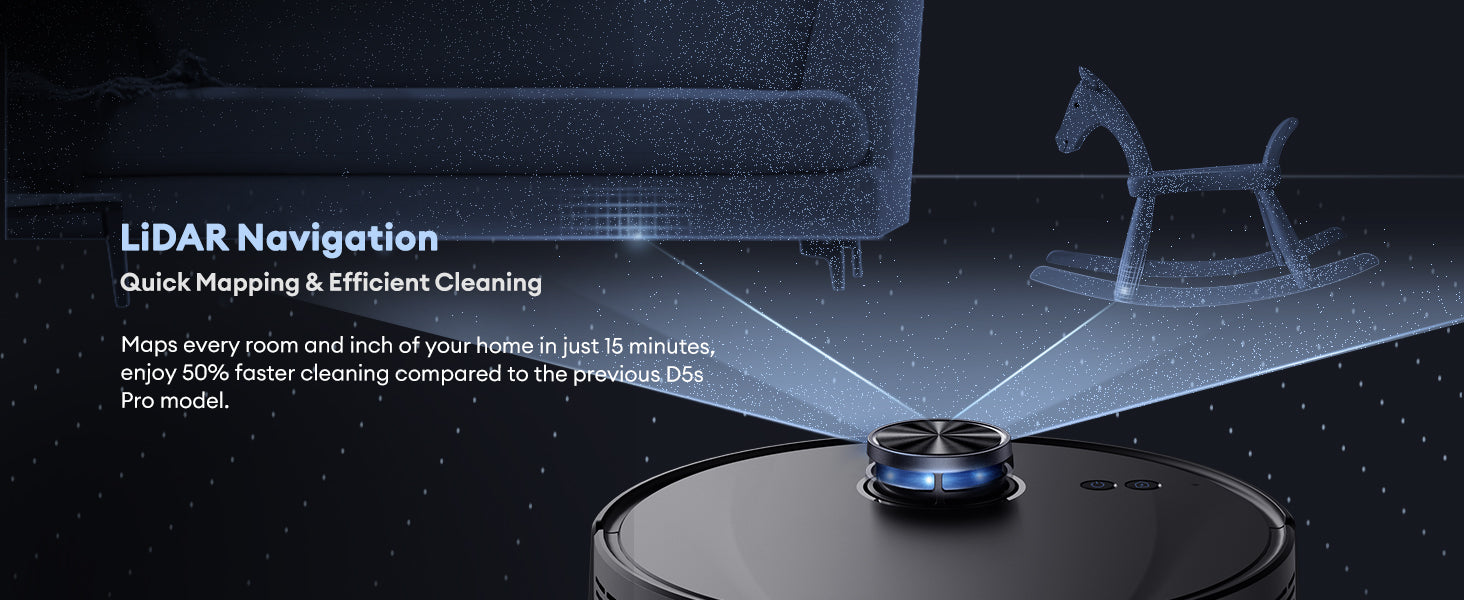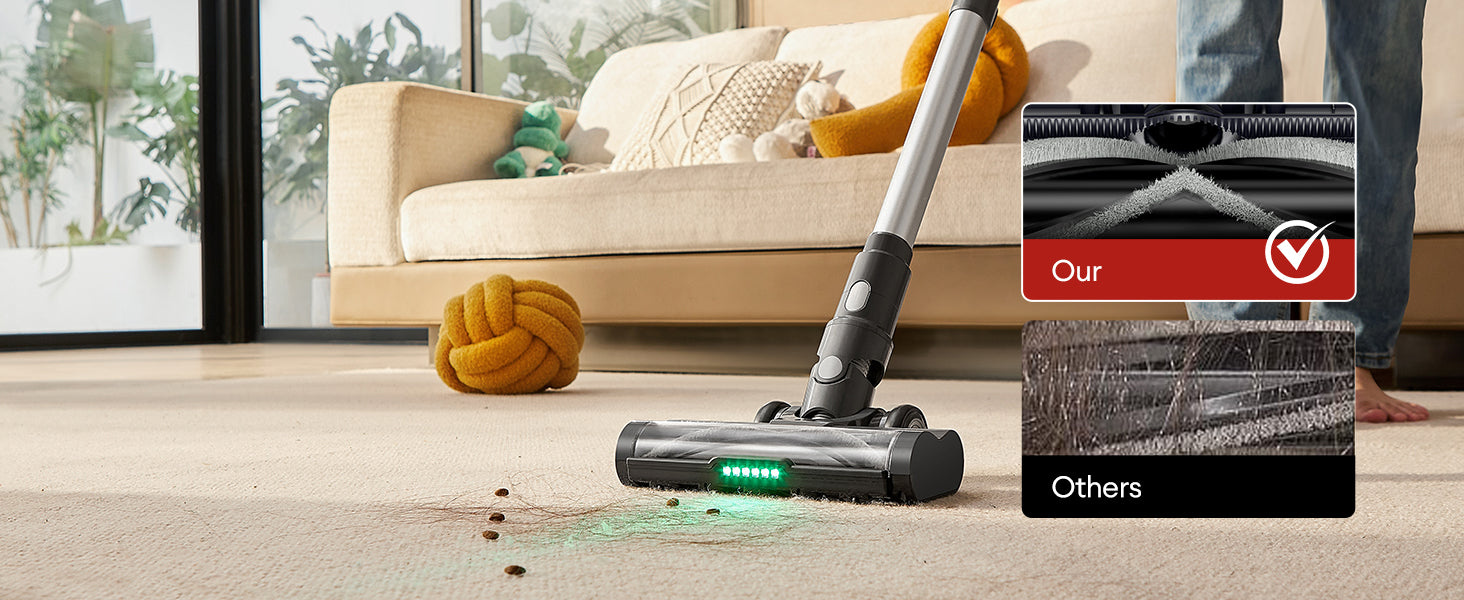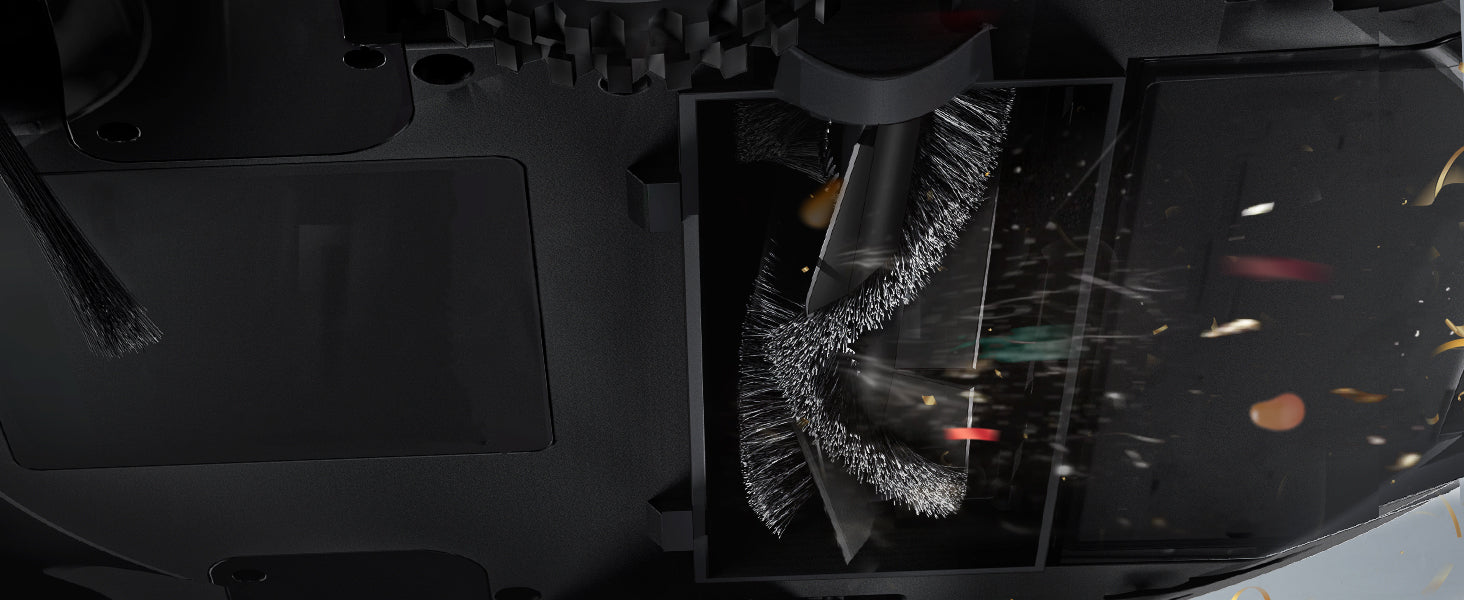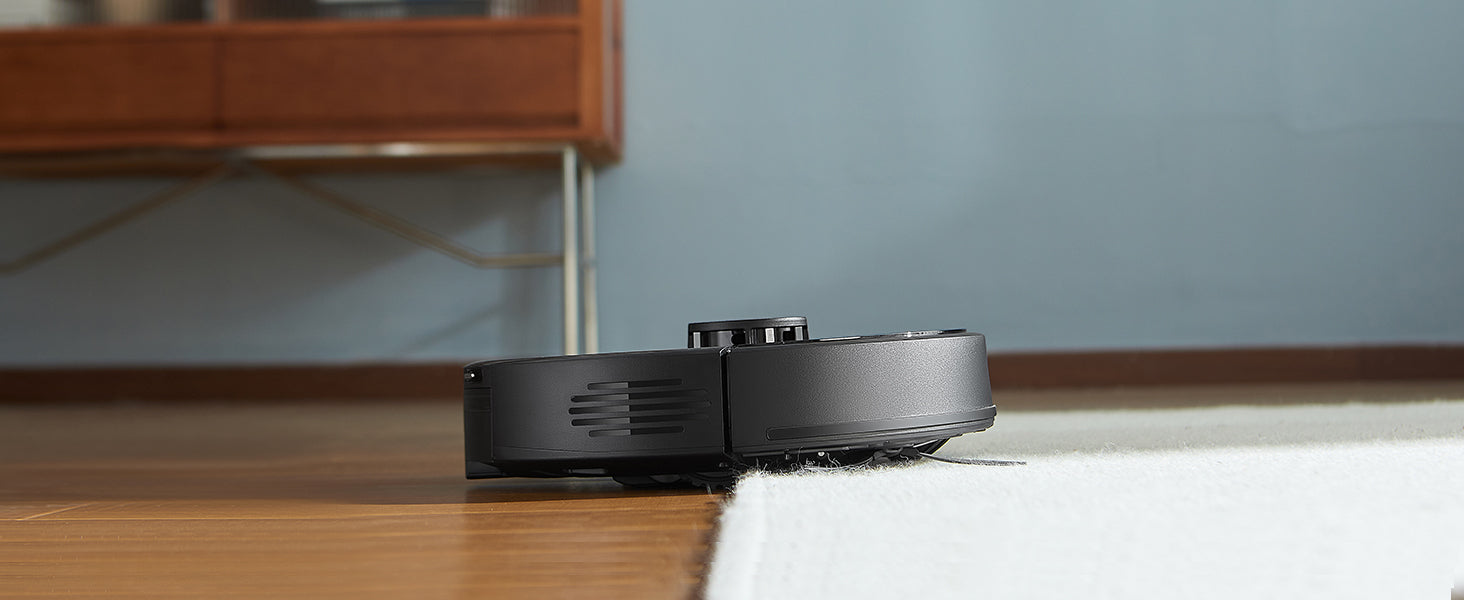A Deep Dive into Navigation Tech
What Is Radar Navigation in Vacuum Cleaners?
Robotic vacuums use laser radar (LiDAR) to map your home, dodge obstacles, and optimize cleaning paths. Think of it as the robot’s "eyes and brain," working together to avoid knocking over coffee cups, navigate around pet toys, or tackle cluttered spaces.
The Science Behind It: LiDAR vs. Visual Navigation
LiDAR (Light Detection and Ranging)
- Emits laser beams to measure distances. By spinning 360°, it creates a 2D/3D map of your space.
- Example: Detects obstacles as thin as wires, ensuring no cables are chewed or tangled.
Visual Navigation (VSLAM)
- Uses cameras and AI to analyze room layouts. Works well in well-lit rooms but struggles in darkness.
- Drawback: Struggles with reflective surfaces like glass tables.
3D Structured Light
- Projects laser grids to detect depth. Great for avoiding low obstacles but limited in direct sunlight.
Key Components of Radar Navigation Systems
Laser Radar (LiDAR)
- Mounted on top, it spins to scan surroundings. Precision: ~±2cm accuracy.
Cameras + AI
- Dual cameras mimic human depth perception. AI algorithms identify furniture, stairs, and pets.
Ultrasonic Sensors
- Backup system for close-range obstacles (e.g., cat paws).
Real-World Scenarios: How Radar Navigation Transforms Cleaning
Scenario 1: Tackling Pet Hair Under Sofas
Problem: Pet hair clings to furniture legs, creating "dust magnets" that traditional vacuums miss.
Radar Solution:
- LiDAR scans under sofas, mapping hidden debris. Multi-sensor fusion detects hair clusters, prompting the robot to adjust suction power.
- Result: 30% better dust pickup under furniture compared to non-LiDAR models.
Scenario 2: Navigating a Cluttered Kitchen
Problem: Spilled rice, toys, and chair legs create a maze-like environment.
Radar Solution:
- LiDAR scans the room in milliseconds, creating a real-time map. When it detects a dropped spoon, it pauses, recalculates, and skirts around it.
- Result: Zero collisions during messy cleanups.
Scenario 3: Multi-Floor Mastery
Problem: Stairs and varying floor textures confuse basic vacuums.
Radar Solution:
- LiDAR detects elevation changes. When approaching stairs, the robot halts and reroutes, preserving its wheels and brushes.
Why Radar Navigation Matters for Modern Homes
- Efficiency: Reduces redundant cleaning paths by 50%, saving time and battery life.
- Adaptability: Handles dynamic environments (e.g., moving pets, rearranged furniture).
- Durability: Self-cleaning brushes and sealed motors extend lifespan in dusty households.
The Future of Radar Navigation in Cleaning Tech
- AI-Powered Obstacle Recognition: Detecting spills or pet accidents in real time.
- Multi-Sensor Fusion: Combining LiDAR, cameras, and ultrasonic sensors for 360° awareness.
- Community Mapping: Sharing optimal routes with other smart home devices.
3. Top Picks for LiDar-Powered Robotic Vacuums
Ultenic D10: Precision at Its Finest
Key Features:
- 0.1mm LiDAR resolution for detecting micro debris.
- 150-minute battery life for large homes (up to 200㎡).
Best For: Pet owners and homes with complex layouts.
Ultenic T10 Lite: Compact and Agile
Key Features:
- 0.3mm LiDAR resolution balances speed and detail.
- 120-minute runtime ideal for quick cleanups.
Best For: Small apartments or busy households.


